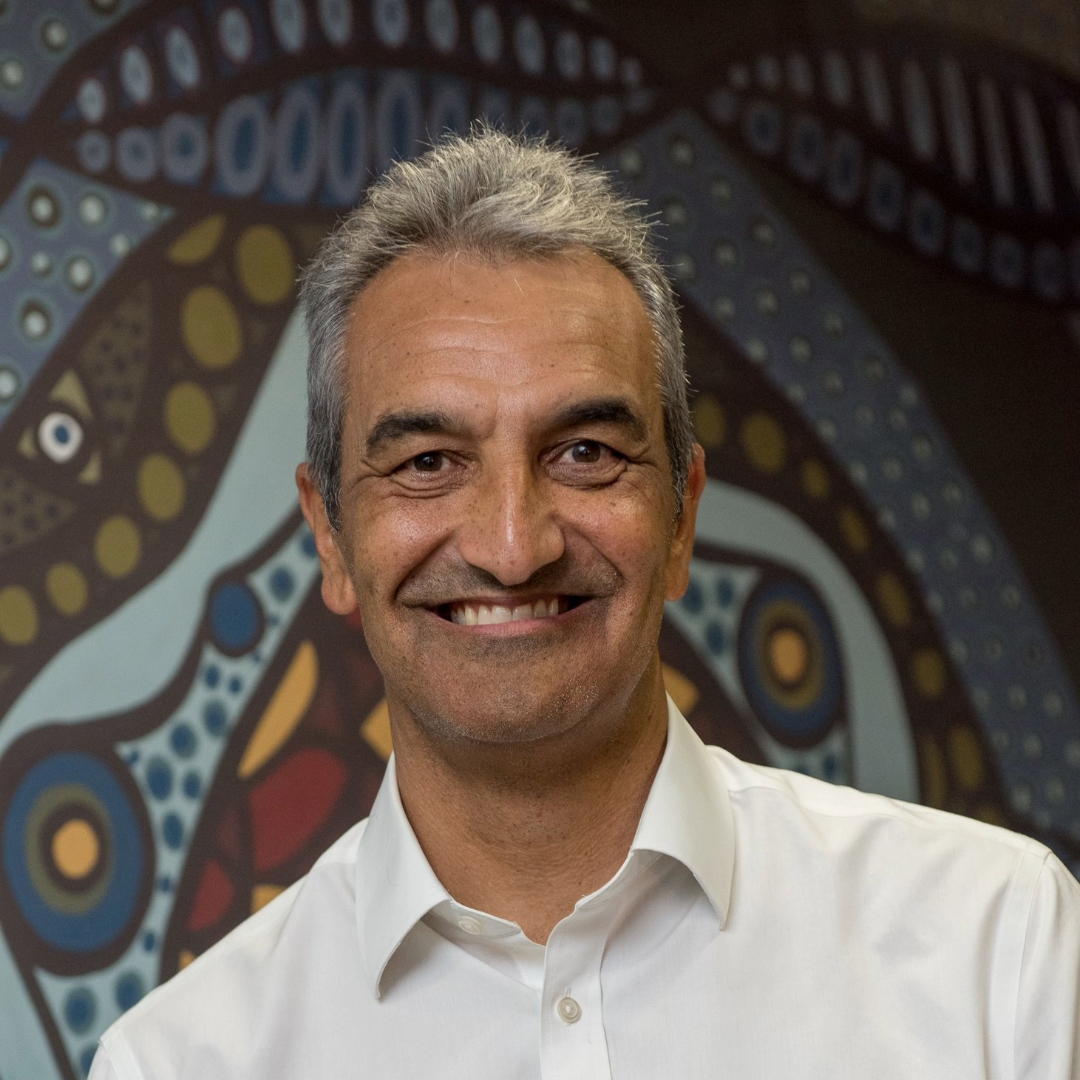Jason Ardler PSM shared with our CEO David Riordan some unique insights on NAIDOC Week.

Discover Jason Ardler’s perspective per below:
Q1. Why is NAIDOC Week so important?
What we now call NAIDOC began in 1938 with the declaration of a Day of Mourning, first observed on Australia Day to coincide with the 150th anniversary of white settlement. From 1955, Aborigines Day shifted to the first Sunday in July to become, not simply be a day of protest, but also a celebration of Aboriginal culture. In 1975, NAIDOC became a weeklong celebration.
Today, NAIDOC week is much more than an opportunity for Australians to learn about First Nations histories and share in celebrations of First Nations cultures. NAIDOC week is the one time of year when First Nations voices are dominant in the discourse about our own affairs. NAIDOC week represents our rejection of the usual deficit narrative of First Nations affairs – that our social and economic disadvantage is a consequence of our “lifestyle choices” – our failure to adopt non-Indigenous norms and behaviours, and our insistence on holding on to “primitive cultures” and nurturing “languages of no economic value”. It is our opportunity to remind Australia that our culture is not about poverty and marginalisation, it is about innovation, creativity, adaptability, strength, pride, respect, and connection; and that our aspirations are not merely to close gaps but to thrive in an Australia where our inherent value as First Peoples is acknowledged, our contributions to this country’s heritage and identity is recognised and celebrated, and we empowered with a sense of hope and possibility for our shared future.
Q2. What is the importance of public education in the context of First Nations?
Article 14 of the United Nations Declaration on the Rights of Indigenous Peoples states (among other things) that Indigenous individuals, particularly children, have the right to all levels and forms of education of the State without discrimination. Nonetheless, there remain significant barriers to our efforts to close the gaps in the education outcomes of First Nations peoples throughout Australia. These barriers include a lack of acknowledgement and respect for First Nations identity and culture, in what is taught and how.
In this context, public education, and the commitment of our public education system to creating more inclusive education environments – where First Nations learners feel safe, included, understood, fairly treated, recognised for their contributions, and have freedom to express their authentic selves without fear of discrimination – is critical to delivering better education outcomes, and by extension to our future health and prosperity. There have been shifts in public education to greater First Nations community engagement, more inclusive and culturally relevant curriculum, the teaching of First Nations languages, and whole-of-school celebrations of First Nations culture, history and achievements all contributing to greater participation, engagement and success of First Nations learners, greater understanding of First Nations cultures and aspirations, greater community cohesiveness, and stronger local economies.
